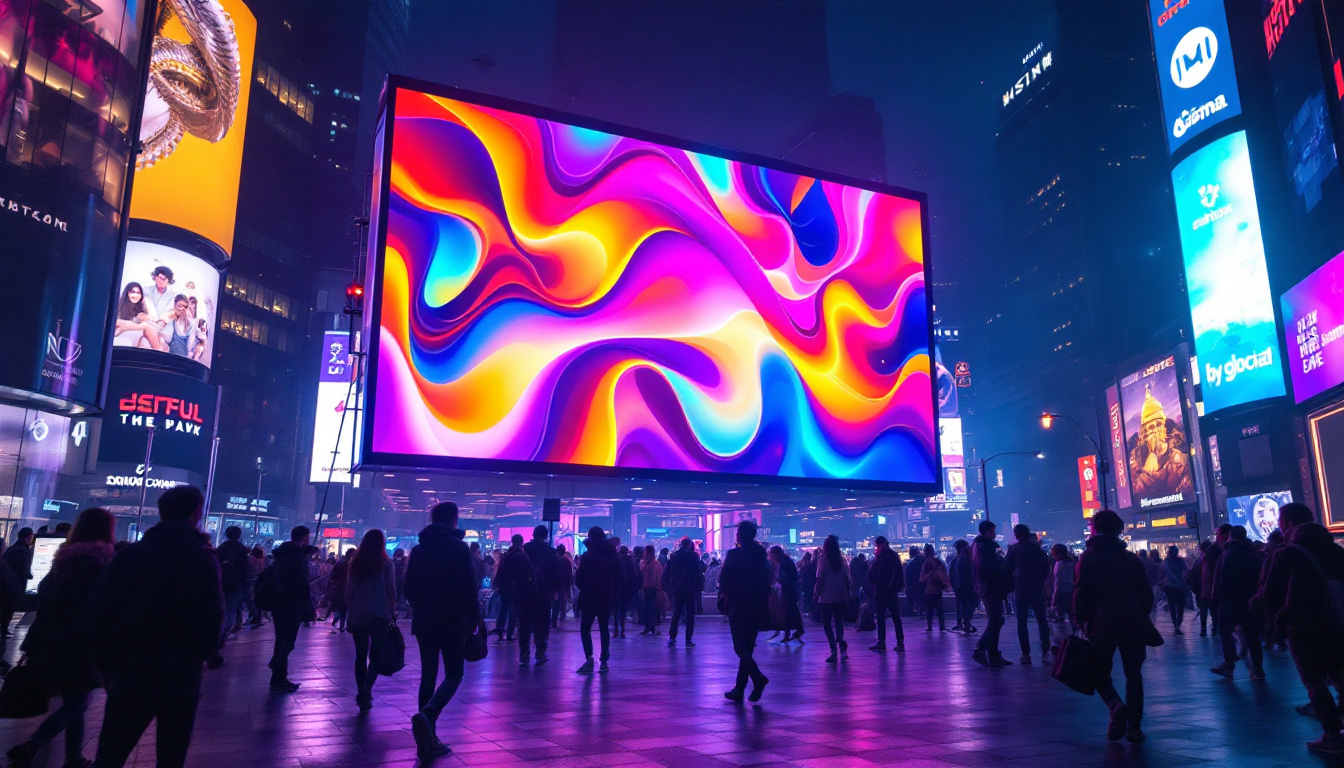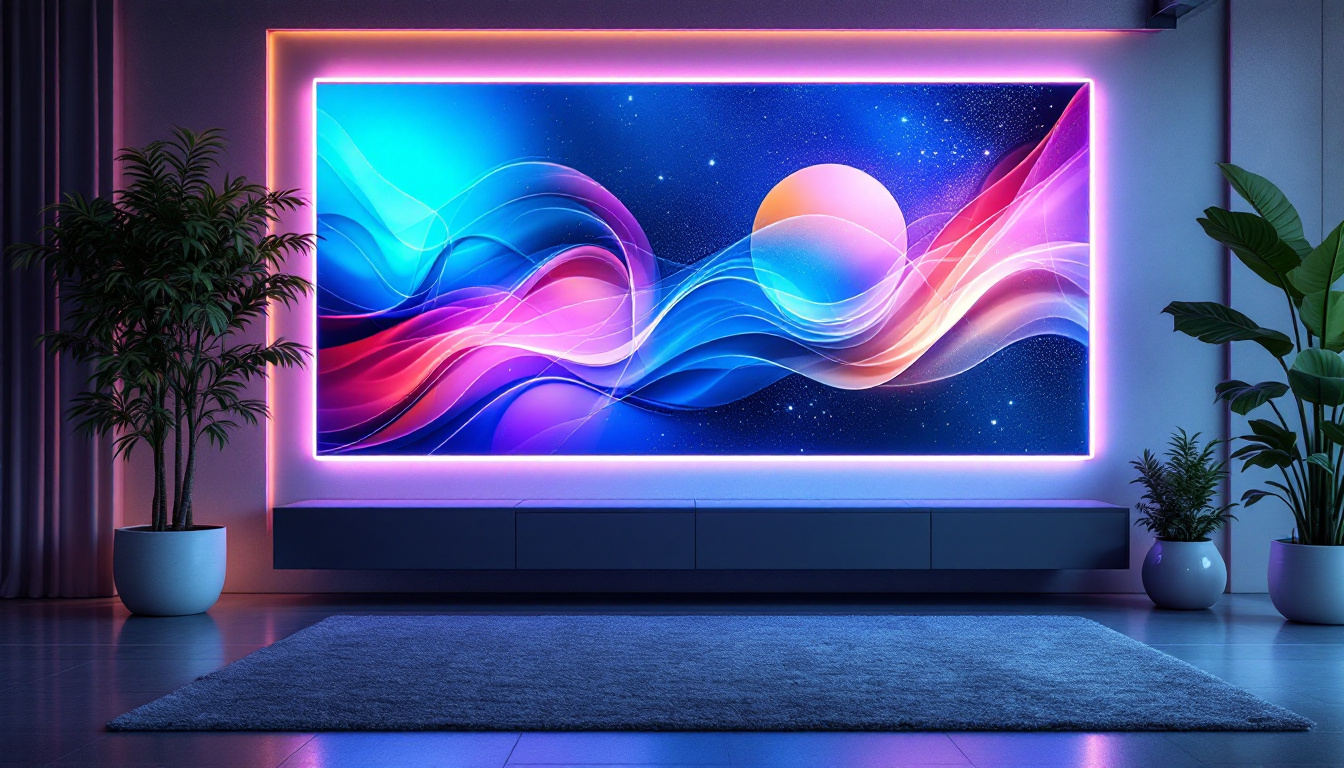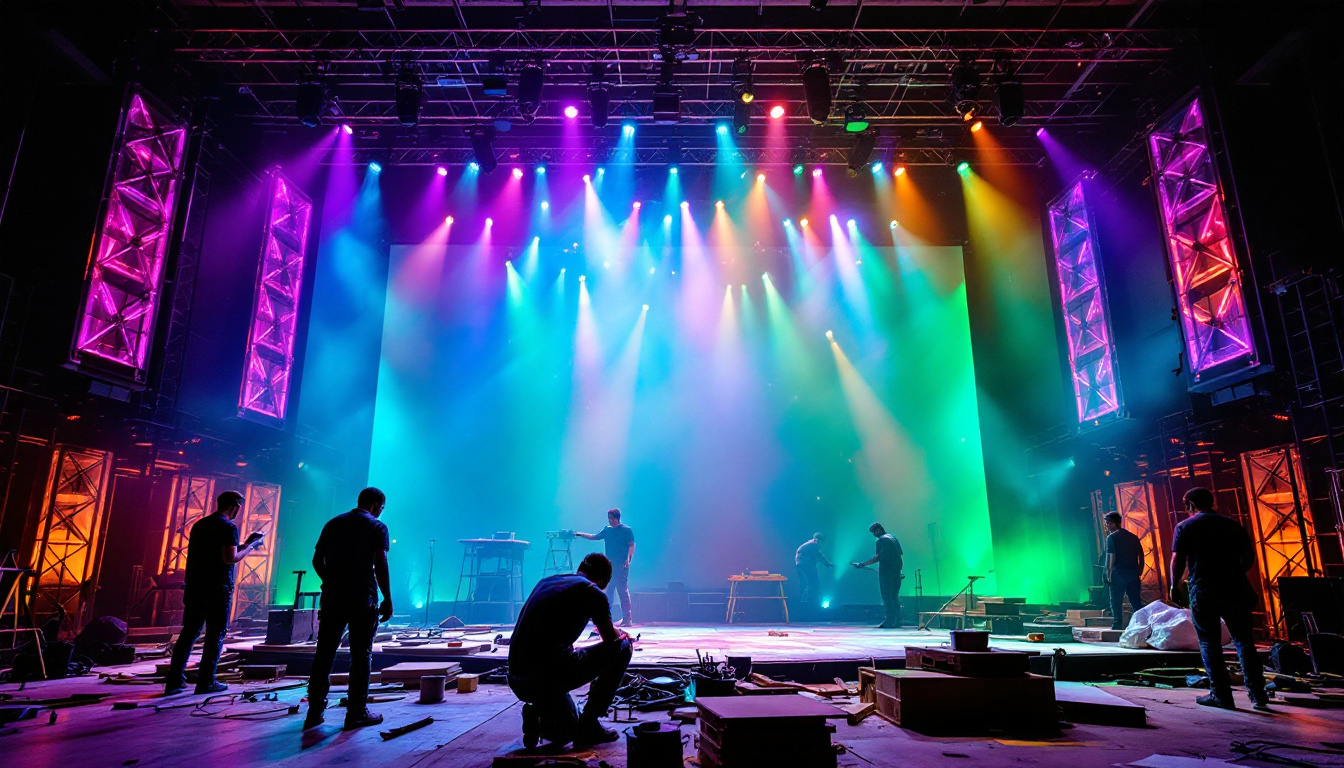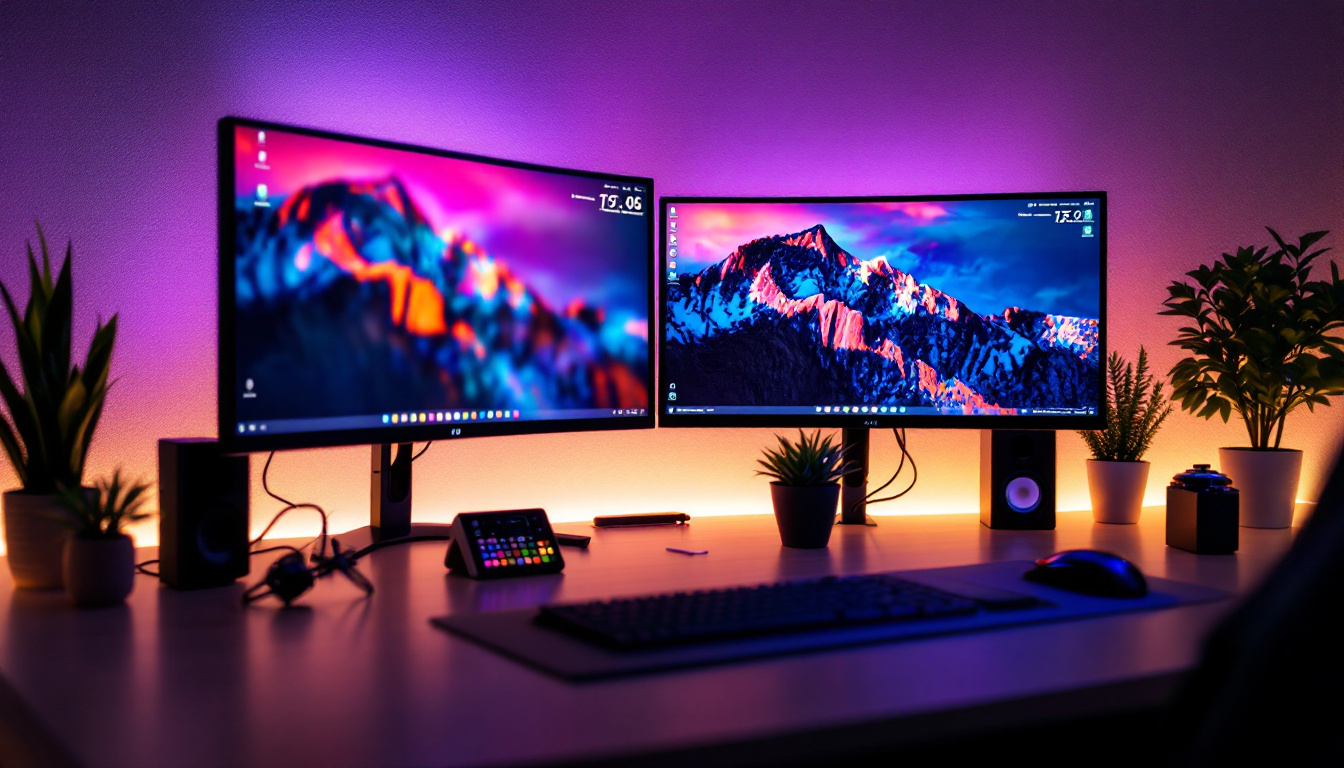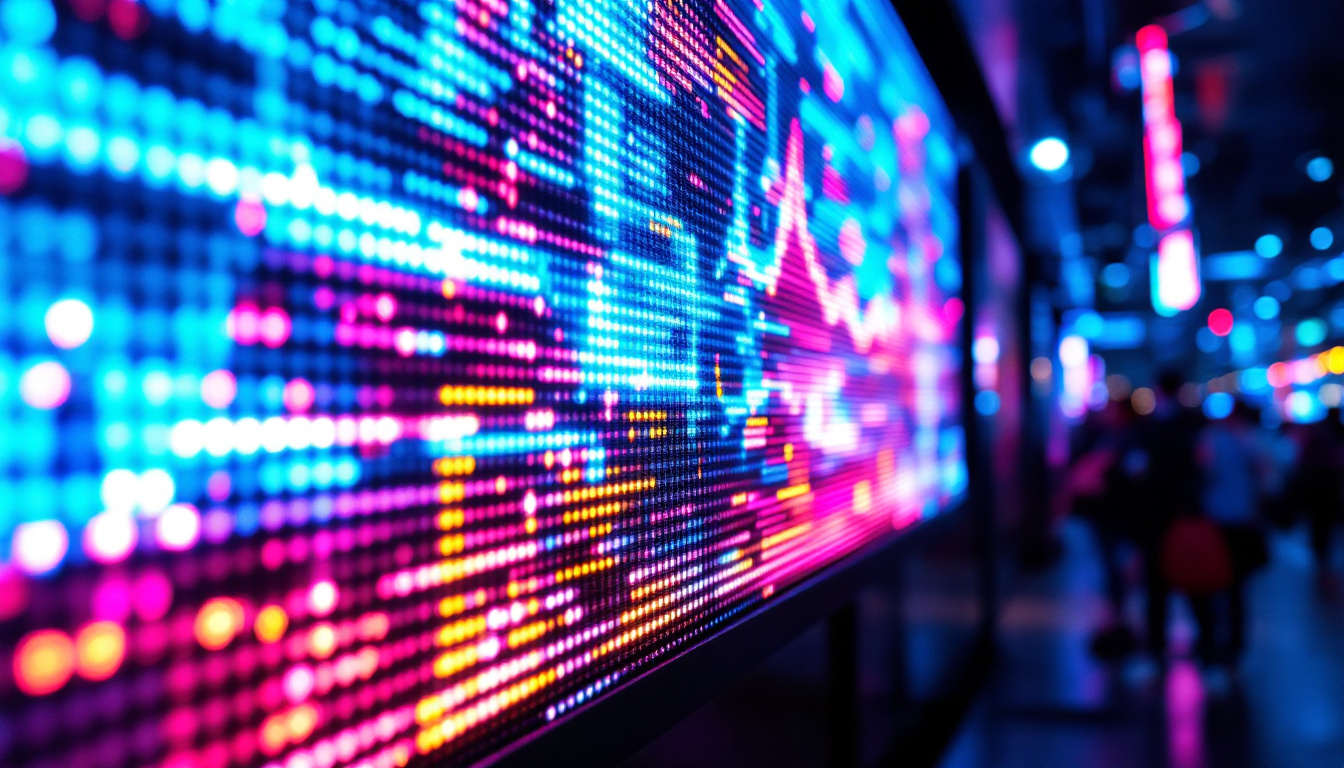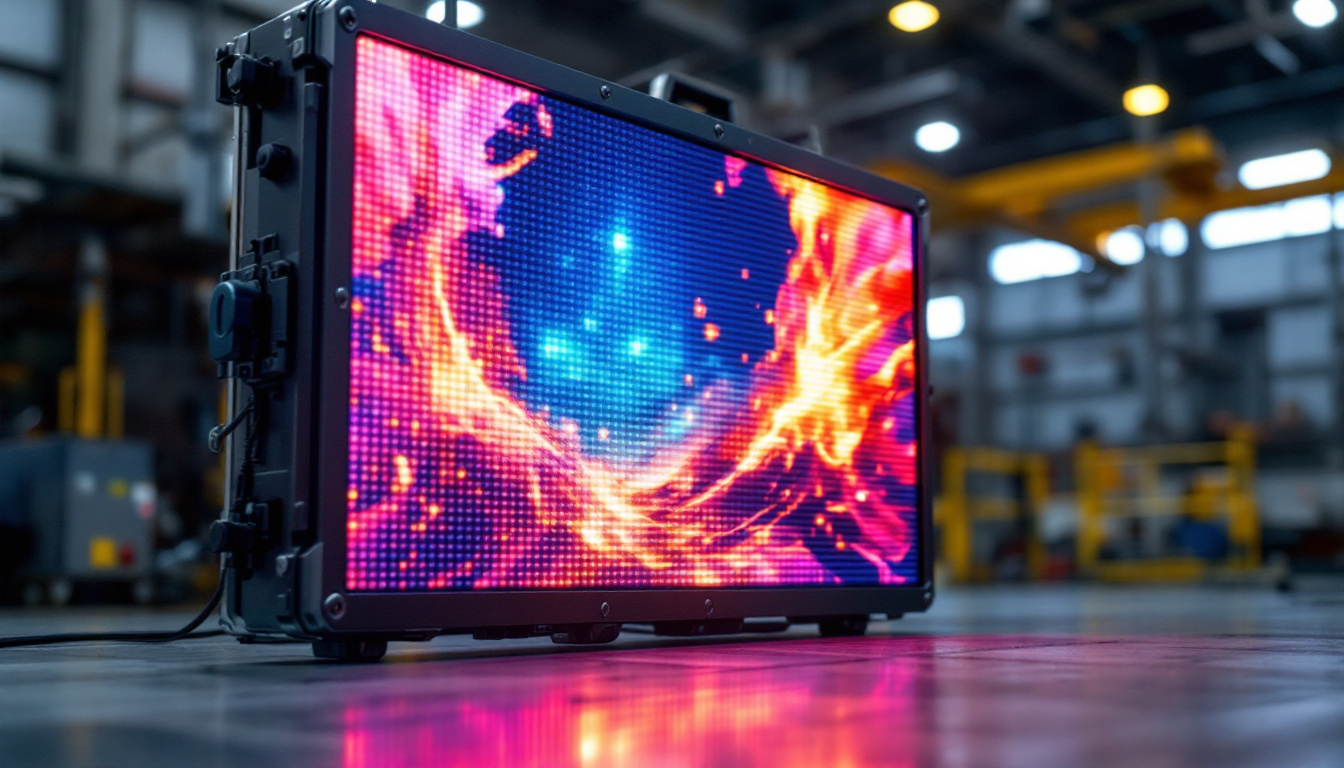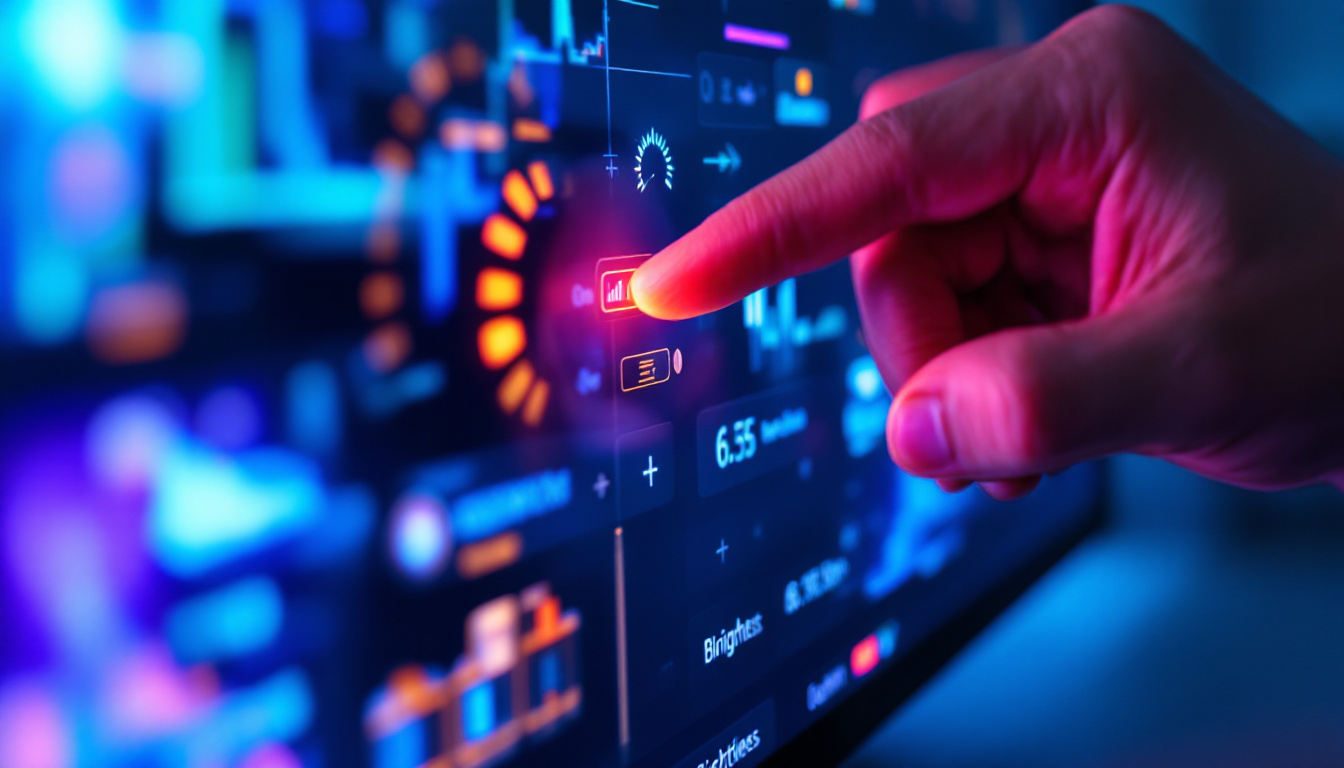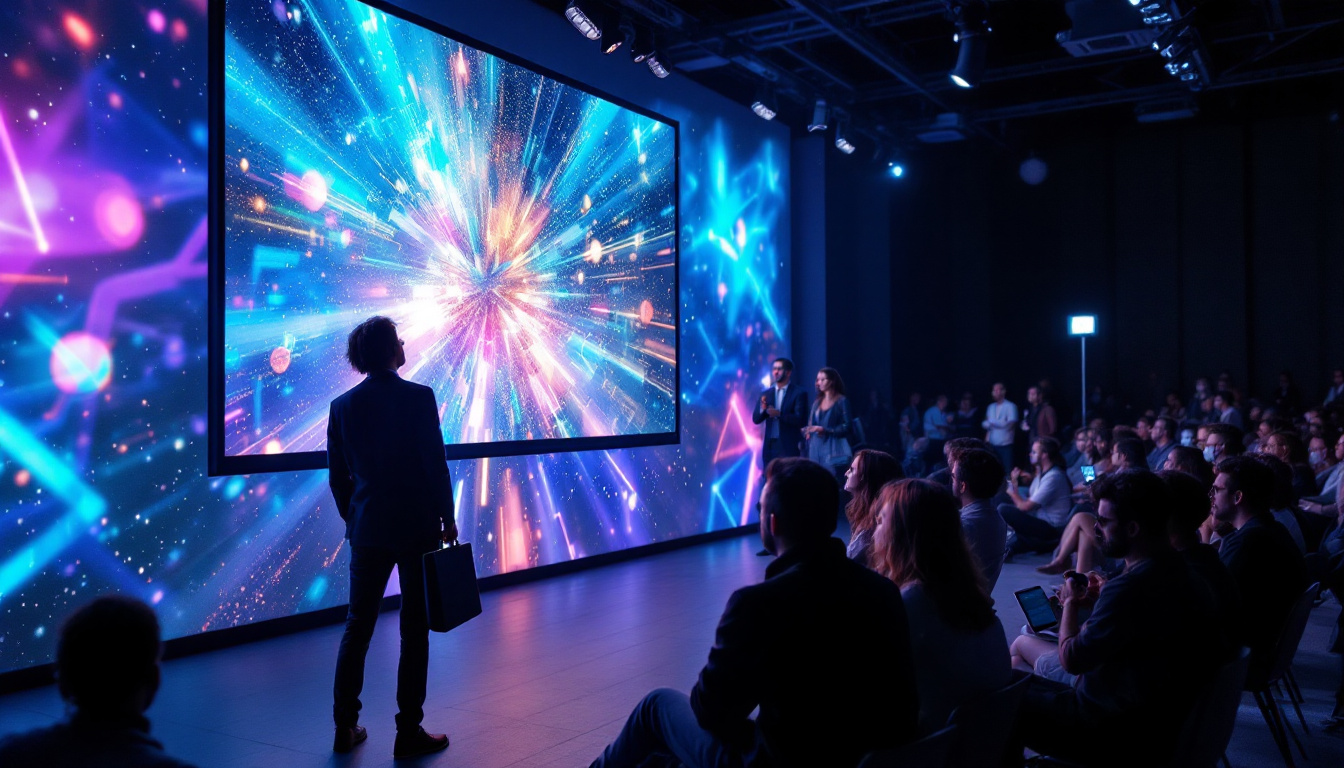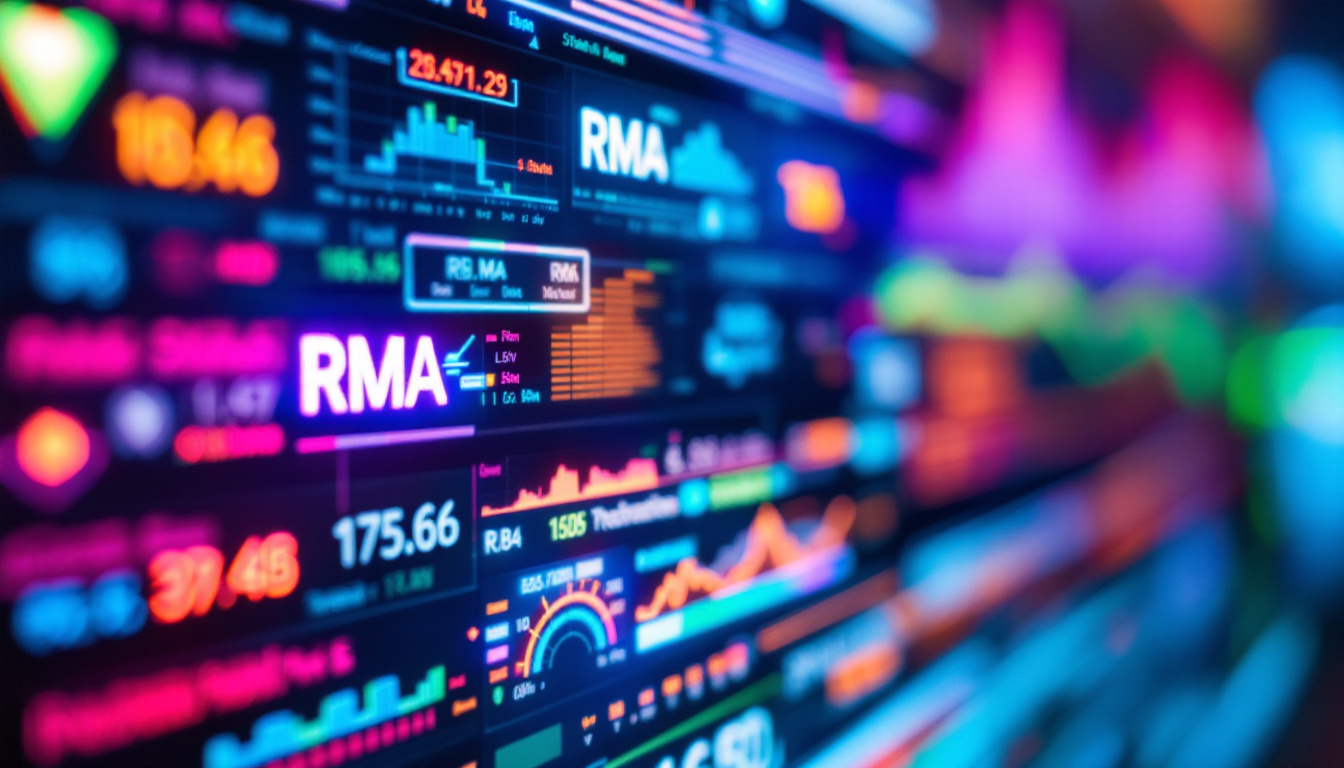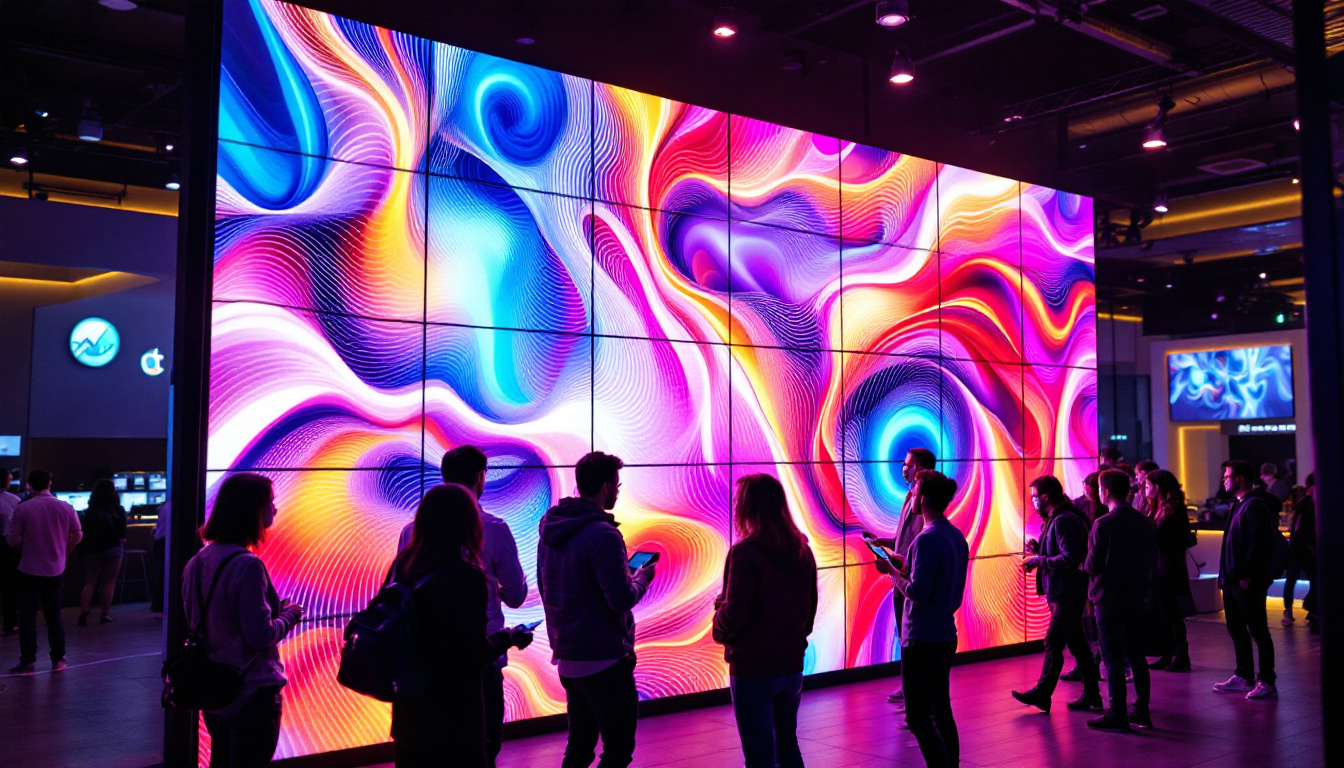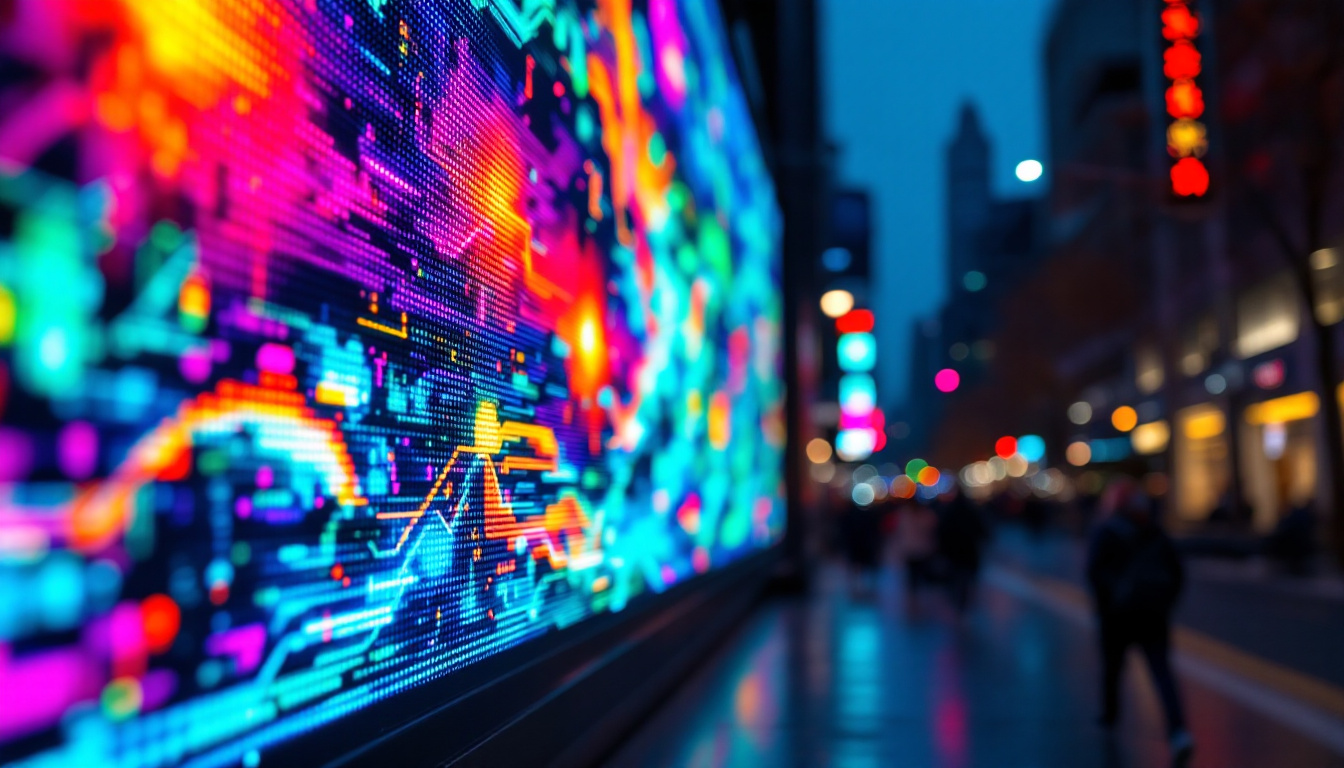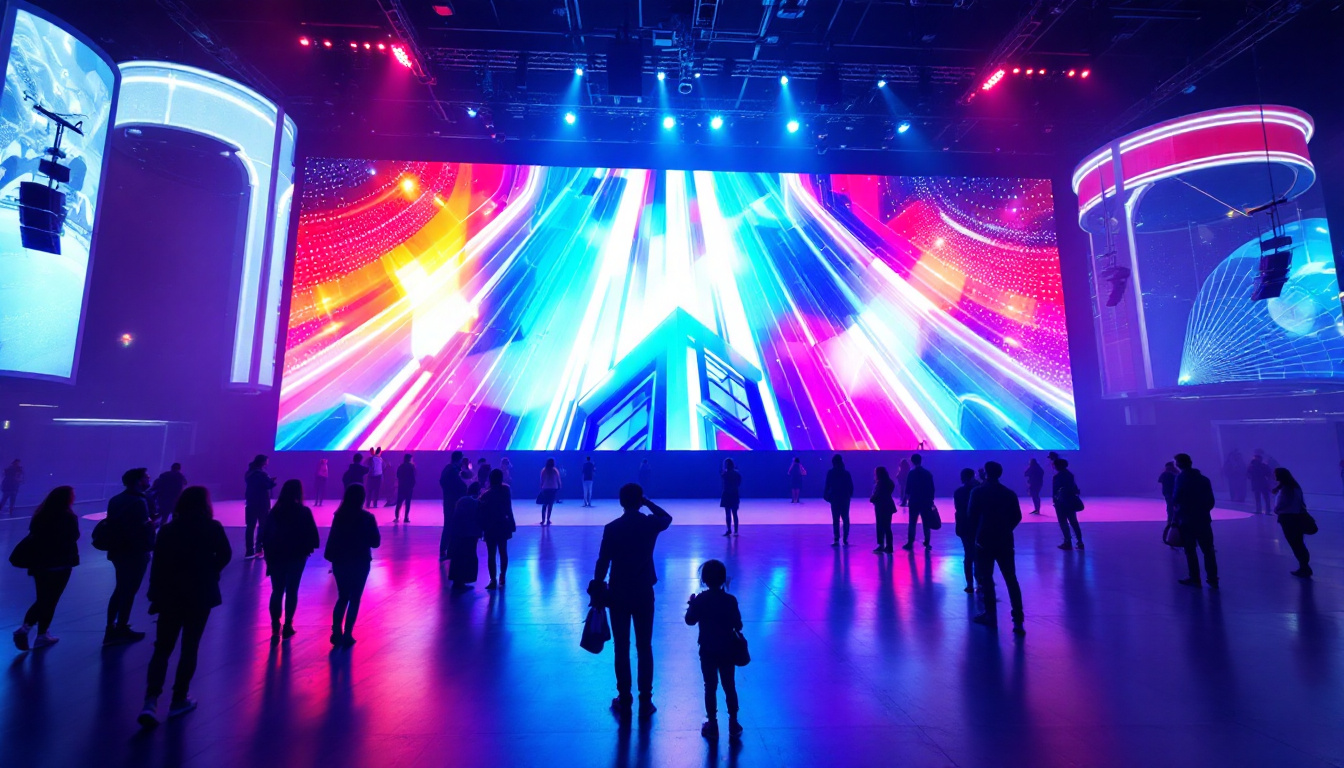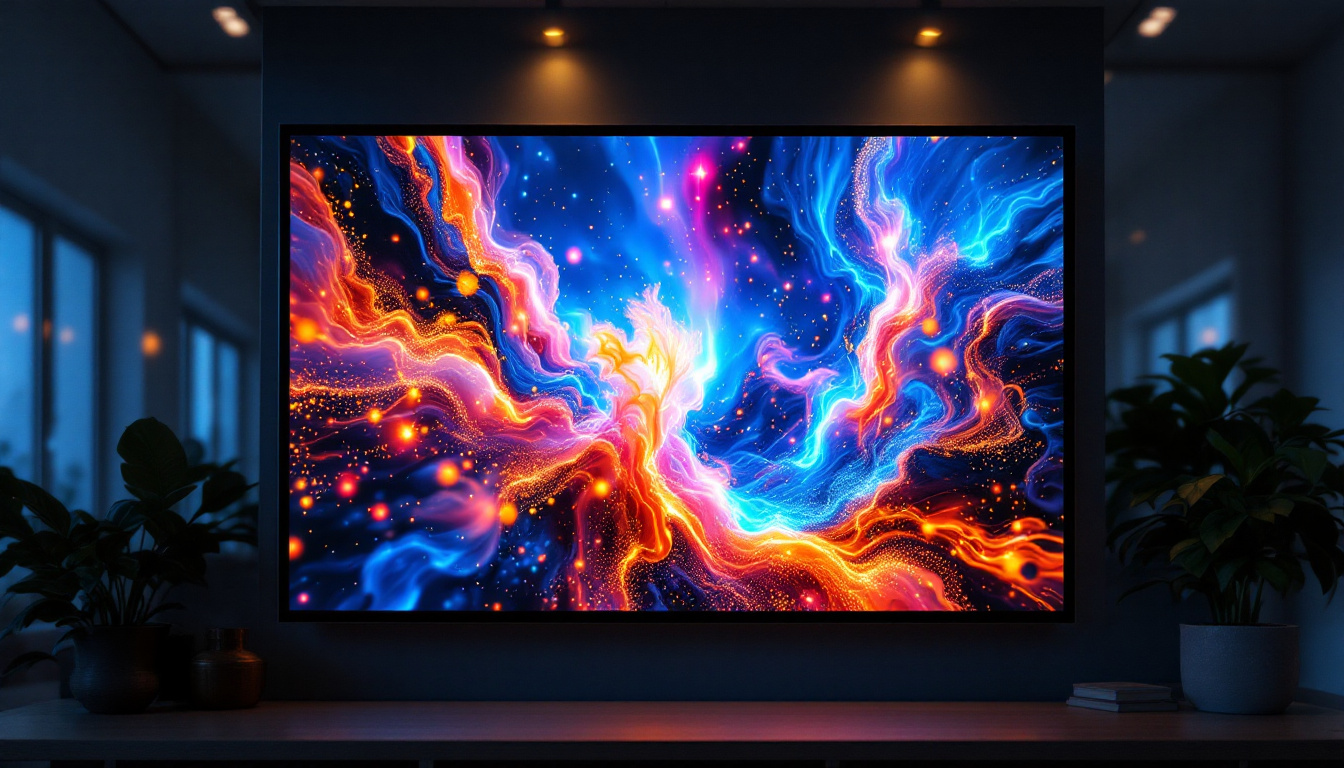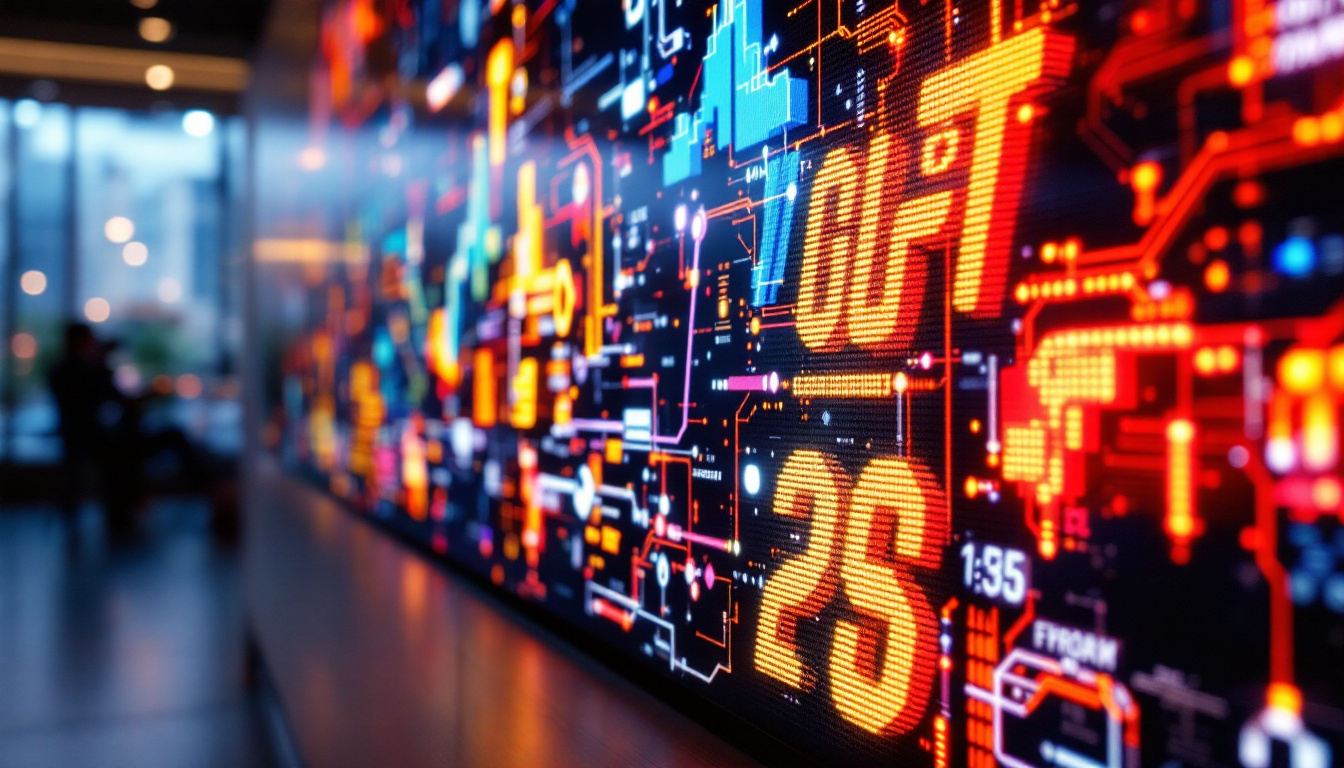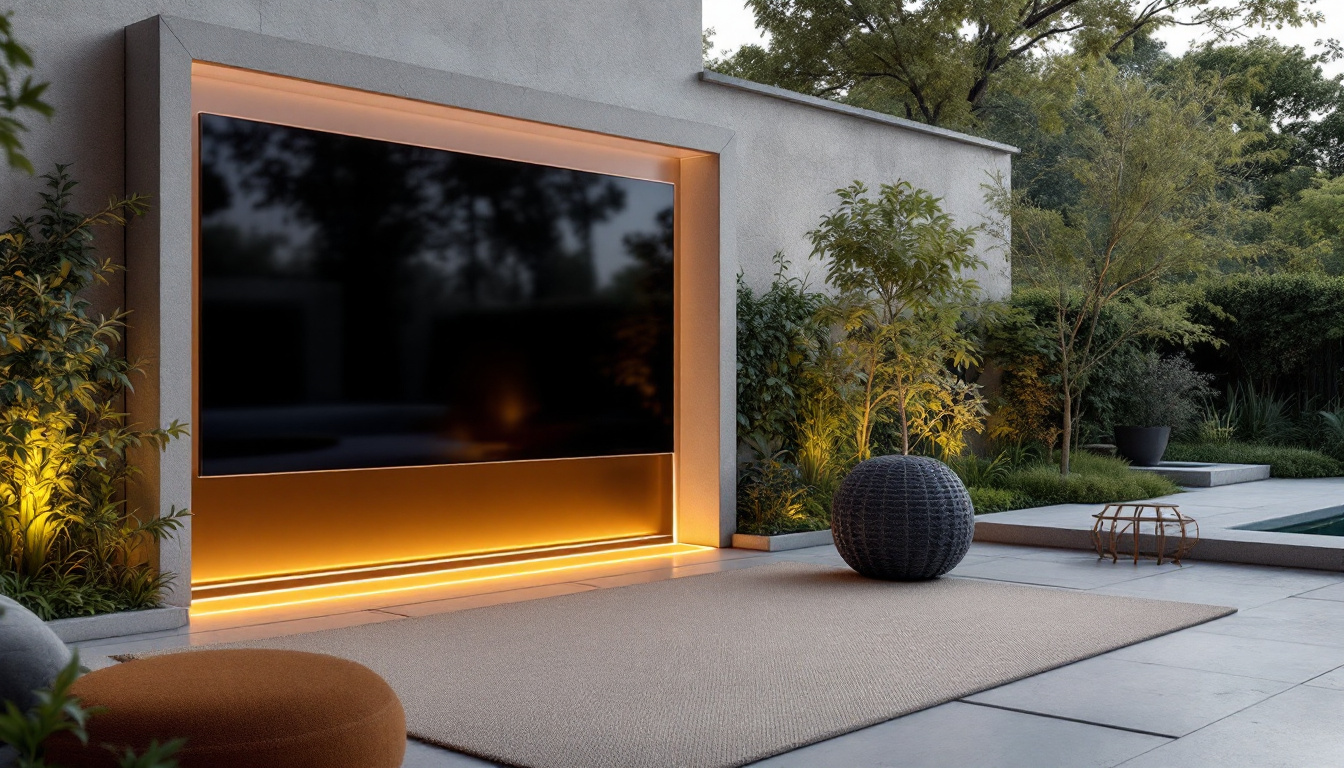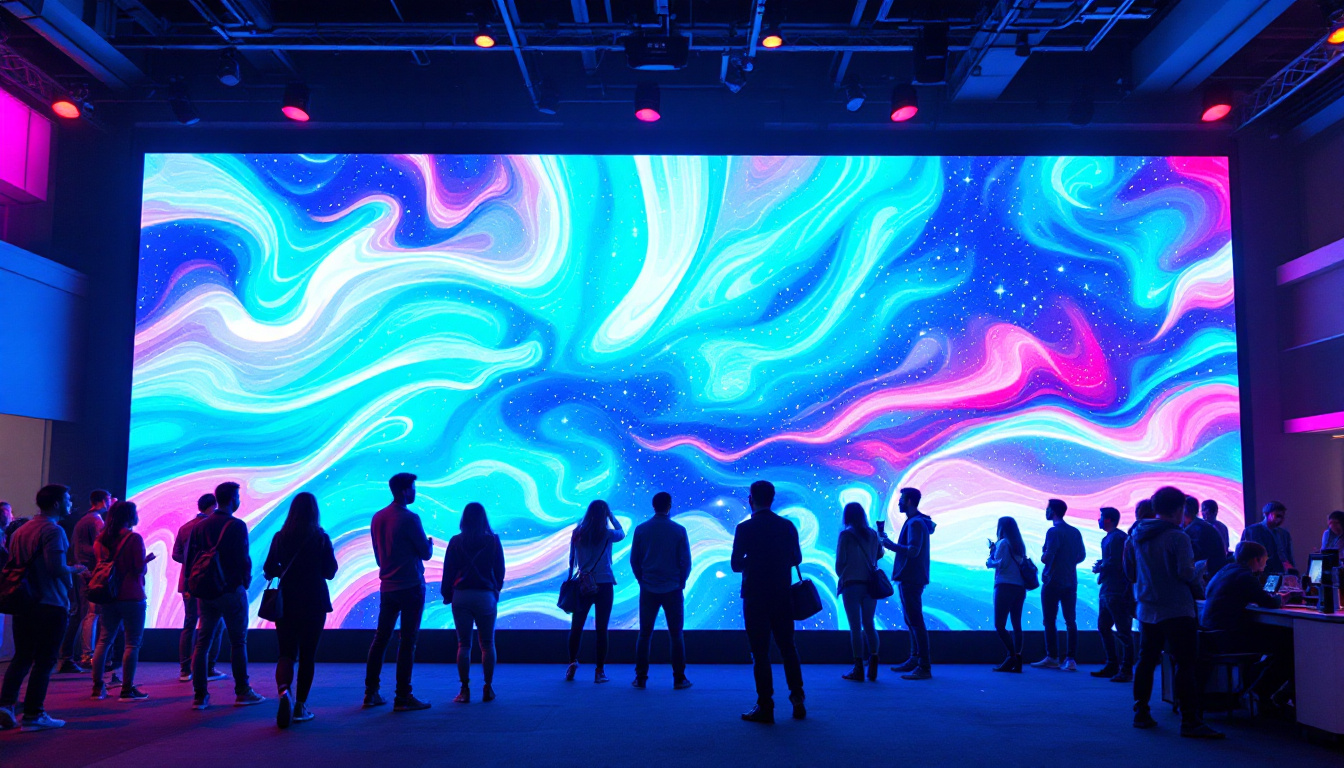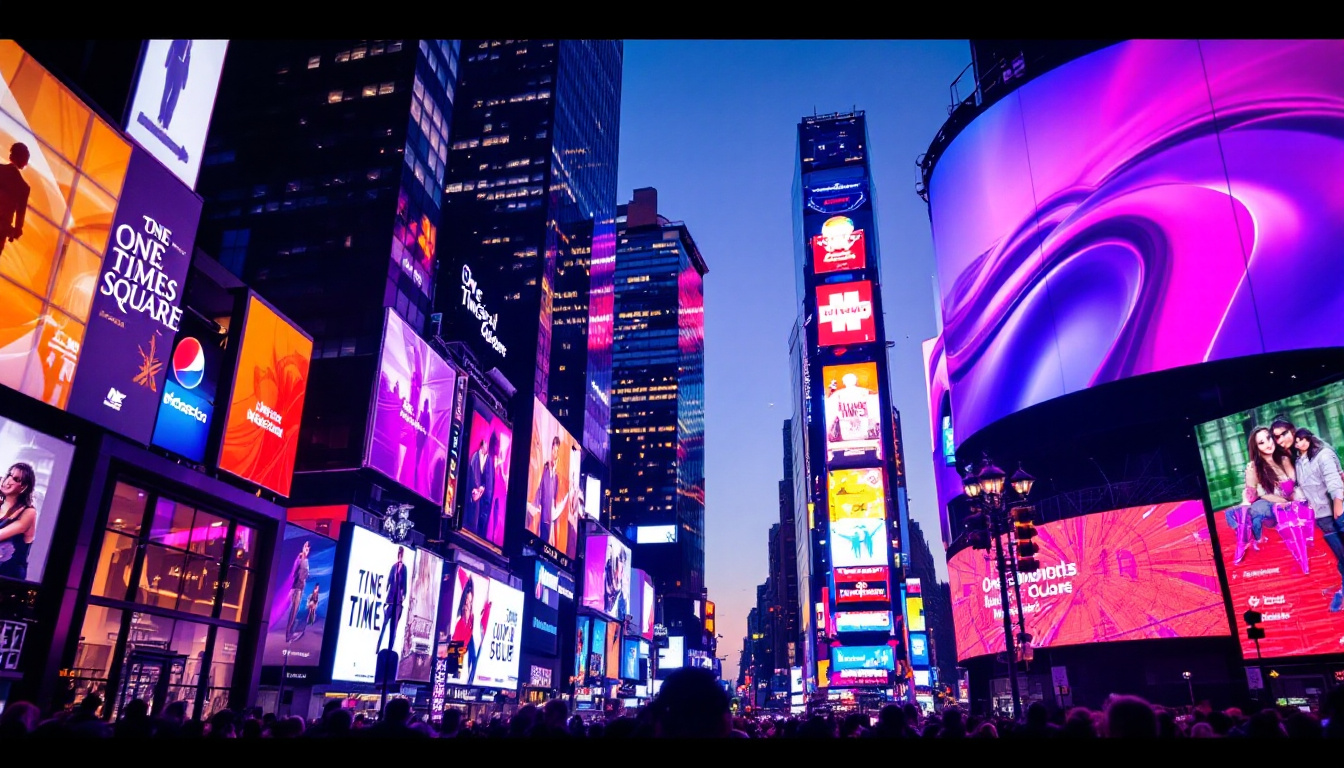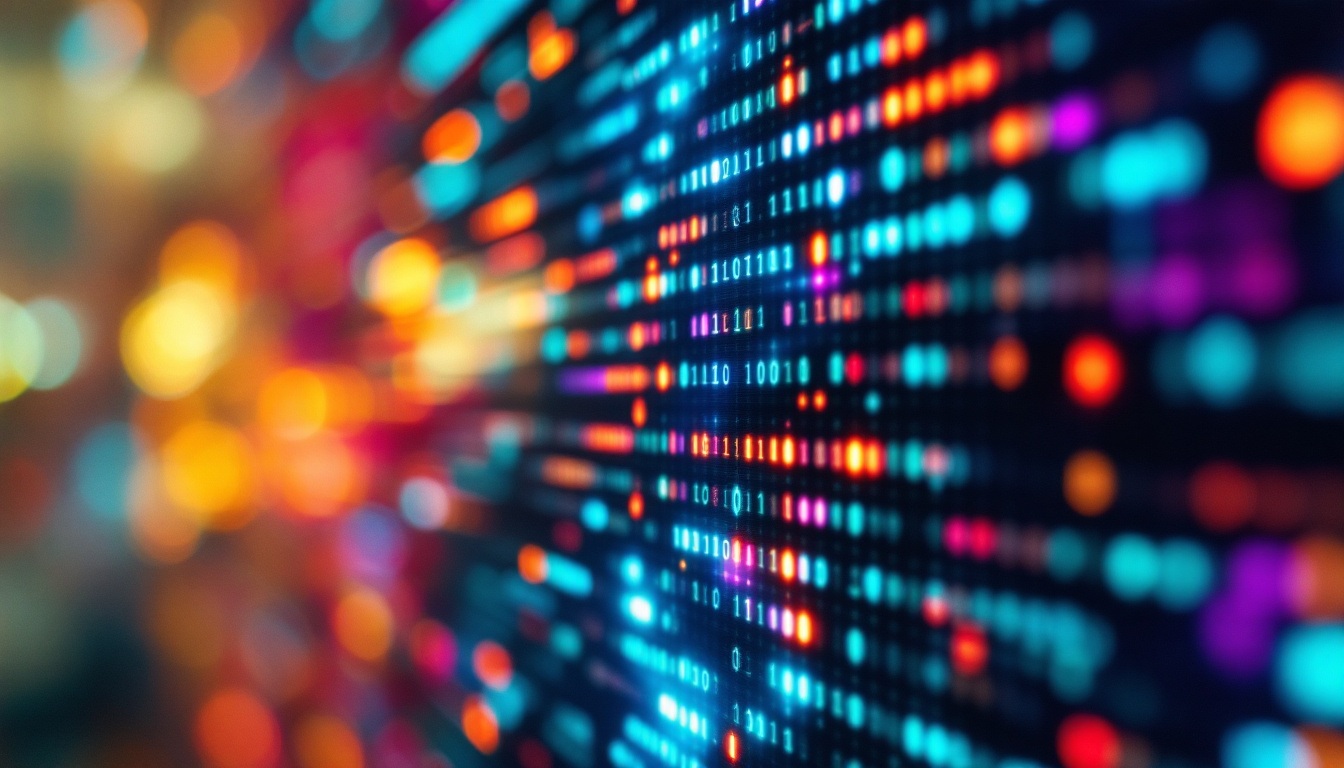In today’s digital landscape, LED displays have become a cornerstone of visual communication. From advertising billboards to indoor screens in retail spaces, these displays are versatile and impactful. This article delves into the intricacies of LED displays, exploring their technology, applications, and advantages.
Understanding LED Technology
LED, or Light Emitting Diode, is a semiconductor device that emits light when an electric current passes through it. The technology behind LED displays has evolved significantly over the years, making them a preferred choice for various applications. Originally developed in the early 1960s, LEDs have undergone substantial advancements, particularly in terms of efficiency and color accuracy. Today, they are not only used in screens but also in architectural lighting, automotive headlights, and even in horticulture, demonstrating their versatility and adaptability across multiple industries.
How LED Displays Work
At the core of an LED display are thousands of tiny LED bulbs that work together to create images and videos. These bulbs are arranged in a grid format, with each pixel consisting of multiple colored LEDs—typically red, green, and blue (RGB). By adjusting the brightness of these individual LEDs, a wide spectrum of colors can be produced, allowing for vibrant and dynamic visuals. The ability to mix these primary colors in varying intensities leads to the creation of millions of different hues, making LED displays capable of producing stunningly realistic images.
The process begins with a video signal being sent to the display. The LED driver converts this signal into electrical currents that control the brightness of each LED. This rapid modulation of light creates the illusion of motion and color depth, making it suitable for everything from simple text displays to complex video presentations. Furthermore, advancements in technology have led to the development of high refresh rates and improved response times, which are essential for applications such as gaming and live broadcasting, where clarity and fluidity are paramount.
The Components of an LED Display
LED displays are composed of several key components that work in harmony to deliver high-quality visuals. These include:
- LED Modules: These are the building blocks of the display, containing clusters of LEDs arranged in a grid.
- Control System: This system manages the input signal and coordinates the output of the LED modules.
- Power Supply: A reliable power source is crucial for maintaining consistent brightness and performance.
Each component plays a vital role in ensuring that the display operates smoothly and delivers the desired visual experience. In addition to these core elements, modern LED displays often incorporate advanced features such as heat dissipation systems to prevent overheating, as well as protective enclosures to shield the components from environmental factors. This attention to detail not only enhances the longevity of the displays but also ensures that they can perform optimally in various settings, from outdoor billboards to indoor theaters.
Types of LED Displays
LED displays come in various forms, each suited for specific applications. Understanding the different types can help businesses and organizations choose the right display for their needs.
Indoor LED Displays
Indoor LED displays are designed for use in enclosed spaces, such as shopping malls, conference rooms, and sports arenas. They typically have a higher pixel density, allowing for clearer images at shorter viewing distances. These displays are ideal for presentations, advertising, and entertainment, providing bright and vibrant visuals that capture attention. Additionally, many indoor LED displays are equipped with advanced features such as touch interactivity and programmable content, enabling businesses to engage audiences in innovative ways. For example, interactive displays in retail settings can allow customers to browse products or access promotional information right at their fingertips, enhancing the shopping experience.
Outdoor LED Displays
Outdoor LED displays are built to withstand the elements, featuring weather-resistant casings and higher brightness levels to combat sunlight. These displays are commonly used for billboards, stadiums, and public information displays. Their robust design ensures durability while providing clear visibility from a distance, making them effective for advertising and public announcements. Furthermore, many outdoor LED displays utilize energy-efficient technology, reducing power consumption while maintaining high brightness. This not only lowers operational costs but also supports sustainability initiatives. The ability to update content remotely allows businesses to adapt their messaging in real-time, making outdoor displays a dynamic tool for reaching a broad audience.
Transparent LED Displays
Transparent LED displays are a cutting-edge innovation that allows for a unique viewing experience. These displays can be installed in windows or glass structures, providing a see-through effect that maintains visibility while showcasing content. This technology is particularly popular in retail environments, where it can enhance product displays without obstructing the view. By integrating transparent displays into storefronts, retailers can create captivating visual narratives that draw customers in while still allowing them to see the products behind the screen. Additionally, these displays can be used in architectural applications, where they blend seamlessly into buildings, transforming facades into dynamic canvases that can change with the time of day or season, further enriching the urban landscape. As this technology continues to evolve, we can expect even more creative applications that push the boundaries of traditional display methods.
Applications of LED Displays
The versatility of LED displays makes them suitable for a wide range of applications across various industries. Their ability to deliver high-quality visuals in different environments has led to their widespread adoption.
Advertising and Marketing
One of the most prominent uses of LED displays is in advertising and marketing. Businesses leverage these displays to capture the attention of potential customers with dynamic content that can be easily updated. From large billboards in busy urban areas to smaller displays in retail stores, LED technology allows for eye-catching visuals that can drive sales and brand awareness.
Events and Entertainment
LED displays play a crucial role in the events and entertainment industry. Concerts, festivals, and sporting events often feature large LED screens to enhance the audience experience. These displays can show live feeds, graphics, and animations, creating an immersive environment that engages attendees and elevates the overall production value.
Information and Wayfinding
In public spaces, LED displays serve as effective information and wayfinding tools. Airports, train stations, and shopping centers utilize LED screens to provide real-time information, such as flight schedules, directions, and promotional content. Their visibility and adaptability make them ideal for conveying important messages to large audiences.
Advantages of LED Displays
LED displays offer numerous benefits that contribute to their popularity across various sectors. Understanding these advantages can help organizations make informed decisions when investing in display technology.
Energy Efficiency
One of the standout features of LED displays is their energy efficiency. Compared to traditional display technologies, such as LCD or plasma, LED displays consume significantly less power. This not only reduces operational costs but also minimizes the environmental impact, making them a sustainable choice for businesses.
Longevity and Durability
LED displays are known for their longevity, often lasting up to 100,000 hours or more with proper maintenance. This extended lifespan reduces the need for frequent replacements, ultimately saving organizations money in the long run. Additionally, LED displays are more durable and resistant to shocks and vibrations, making them suitable for various environments.
High Brightness and Contrast
LED displays are capable of achieving high brightness levels, ensuring visibility even in direct sunlight. This characteristic is particularly beneficial for outdoor applications where competing with ambient light is necessary. Furthermore, the contrast ratio of LED displays allows for deeper blacks and more vibrant colors, enhancing the overall visual experience.
Challenges and Considerations
While LED displays offer numerous advantages, there are also challenges and considerations that potential users should be aware of before making a purchase.
Initial Investment Costs
The initial investment for LED displays can be higher than traditional display technologies. However, it is essential to consider the long-term savings associated with their energy efficiency and longevity. Organizations should conduct a cost-benefit analysis to determine if the investment aligns with their budget and goals.
Technical Expertise
Operating and maintaining LED displays may require a certain level of technical expertise. Organizations may need to invest in training for staff or hire professionals to ensure optimal performance. Understanding the technology and its requirements is crucial for maximizing the benefits of LED displays.
Content Management
To make the most of LED displays, effective content management is vital. Organizations must develop a strategy for creating and updating content regularly. This may involve using specialized software and tools to schedule and manage displays, ensuring that the content remains relevant and engaging for the audience.
Future Trends in LED Display Technology
The LED display industry is continually evolving, with new technologies and trends emerging regularly. Staying informed about these advancements can help organizations leverage the latest innovations to enhance their visual communication strategies.
Advancements in Pixel Technology
As technology progresses, the pixel density of LED displays continues to improve. Higher pixel densities lead to sharper images and better viewing experiences, particularly for indoor displays. Innovations such as microLED technology are pushing the boundaries of display quality, offering even finer resolutions and greater color accuracy.
Integration with Smart Technologies
The integration of LED displays with smart technologies is another trend gaining momentum. Smart displays equipped with sensors and connectivity features can adapt content based on audience engagement and environmental conditions. This level of interactivity enhances the viewer experience and allows for more personalized content delivery.
Sustainability Initiatives
As environmental concerns grow, the LED display industry is focusing on sustainability initiatives. Manufacturers are exploring eco-friendly materials and production methods to reduce the environmental impact of their products. Additionally, recycling programs for old displays are being implemented to promote responsible disposal and reduce electronic waste.
Conclusion
LED displays have transformed the way organizations communicate visually, offering a range of benefits that enhance advertising, information dissemination, and entertainment. Understanding the technology, applications, and advantages of LED displays is crucial for businesses looking to invest in this dynamic medium.
As the industry continues to evolve, staying informed about trends and advancements will enable organizations to leverage LED technology effectively. Whether for advertising, events, or information sharing, LED displays are poised to remain a vital component of modern communication strategies.
Discover LumenMatrix LED Display Solutions
Ready to elevate your visual communication with the latest in LED technology? Look no further than LumenMatrix, a pioneer in crafting immersive and vibrant LED display modules tailored to your needs. From indoor and outdoor environments to specialized applications like vehicle displays and transparent screens, LumenMatrix is committed to revolutionizing the way businesses connect with their audience. Experience the future of digital signage and create unforgettable visual narratives with our comprehensive range of LED solutions. Check out LumenMatrix LED Display Solutions and transform your space today.

